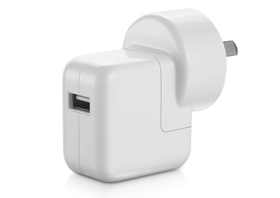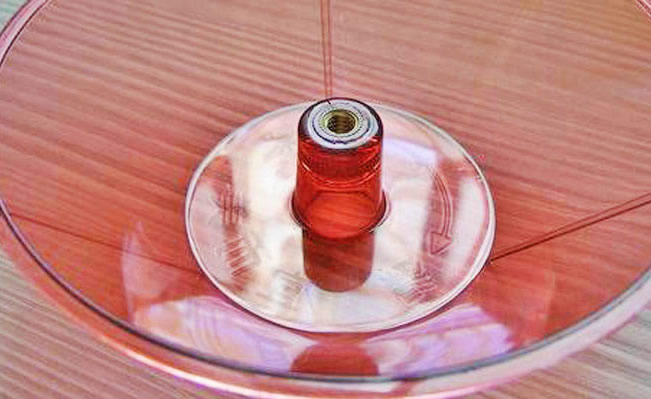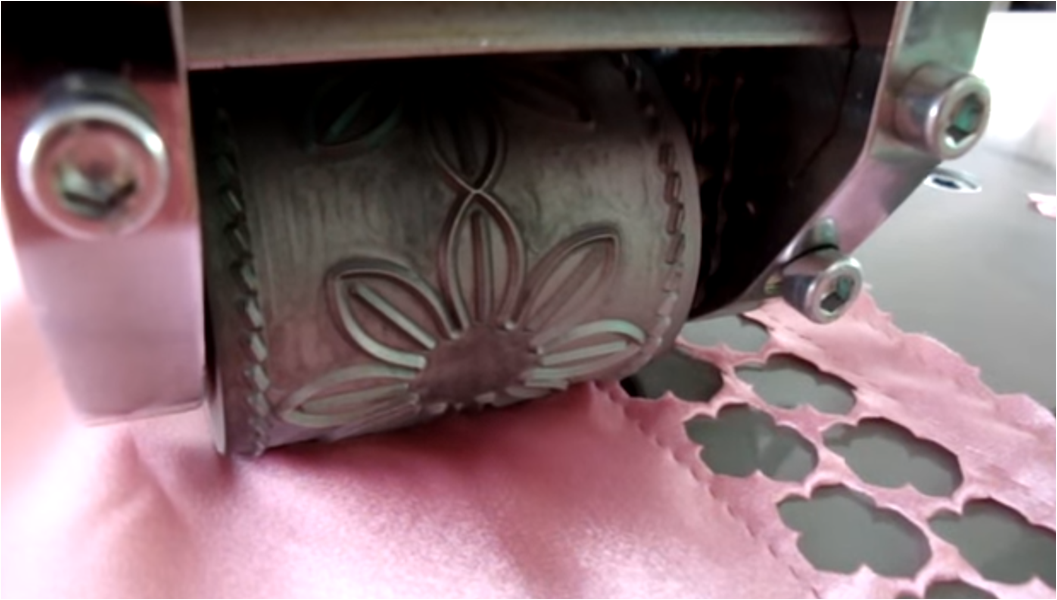Ultrasonic welding is first introduced in early 1960's. It is now a widely accepted process today. High-frequency friction energy is introduced to two contacted plastic surfaces and thus the plastic is melted due to the high heat generated from great friction forces. By the clamping of upper and bottom dies, the melted plastic is formed after cooling. And then two plastic parts are joined together without any glue or adhesives. Producing time and cost are signficiantly saved and these are the main reasons that ultrasonic welding is greatly adopted.
Energy Director is a V-shaped elevation on one of the two contact surfaces. It causes a line contact as the ultrasonic vibrations begin to melt the plastic. The line contact focuses the ultrasonic energy. As the melt progresses, the energy director turns fluid and flows to fill the space between the two parts. The downward force of the horn causes the melted material to spread over the entire contact surface.

In addition to traditional ultrasonic welding, fusion forming by means of ultrasonic offers a very wide range of possible applications:
These processes considerably extend the use of ultrasonic. They offer the possibility of formlocked combining of thermoplastic synthetics with other materials – metals, glass or dissimilar plastics. Unlike welding, in the case of fusion forming only one plastic part is locally plasticized and shaped in its viscous state.
Forming by ultrasonic has important advantages over other techniques. Because the forming takes place in the melting phase, only negligible stresses arise in the shaped parts – provided the machinery is correctly adjusted. The problem of stress relaxation is practically non-existent. Fixed connections with no play in them are achieved, coming up to very exacting demands, even in their longterm behaviour.

Ultrasonic welding of non-ferrous metals, such as copper and aluminium, has been a tried-and-tested process in the industry for years. The welding is completed very rapidly, taking 1 to 3 seconds, depending on the size of the weld node.
Compared to other welding processes, the joined parts are heated up less so that they do not reach their melting point. This results in a number of advantages compared to other jointing technologies. Other materials directly adjacent to the weld, such as the insulation of a wire, is not damaged. Furthermore, the jointed material does not become brittle at the transition to the solid material. The strength of the weld is created by the relaxation process of the first two atomic layers of the parts to be welded.

Ultrasonic cutting processes involve any kind of cutting or separating of connected parts. The pressure on the item to be cut can be reduced due to the high number of frequencies per second. This creates a clean cut face. In practice there are two different processes:
